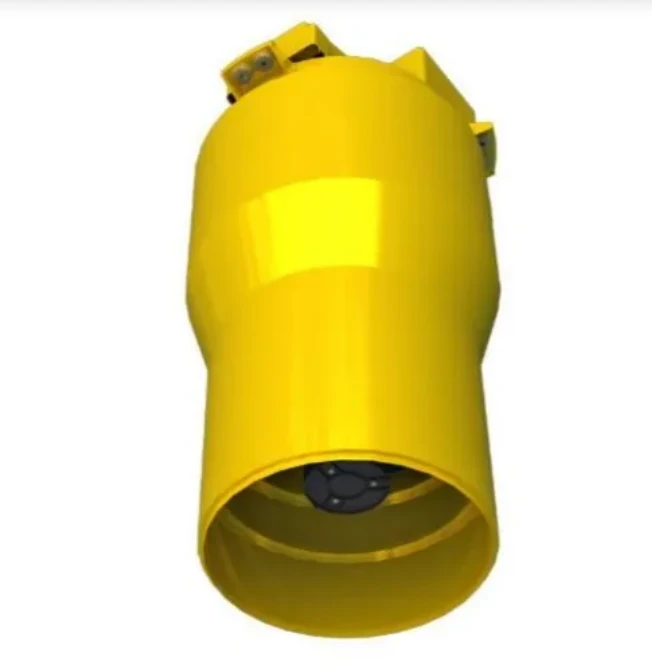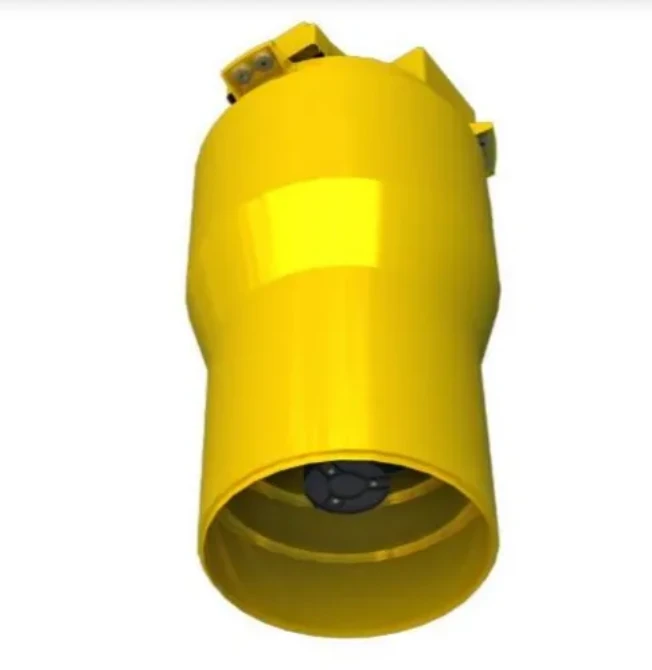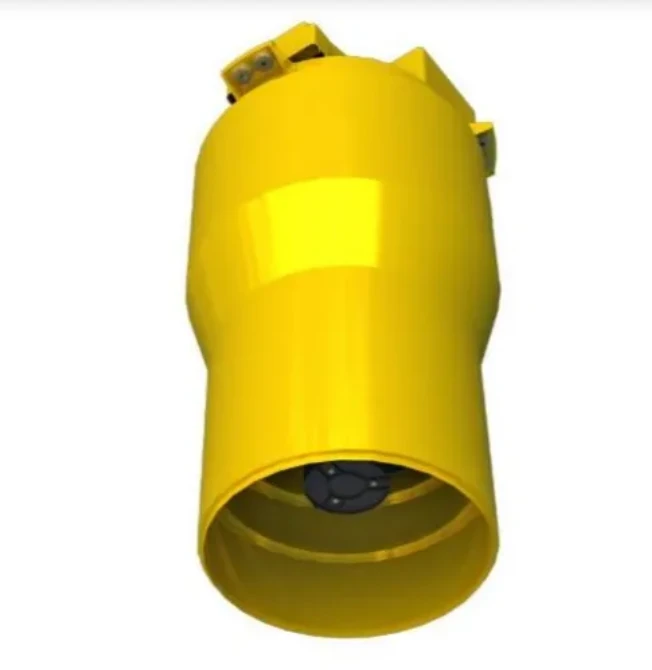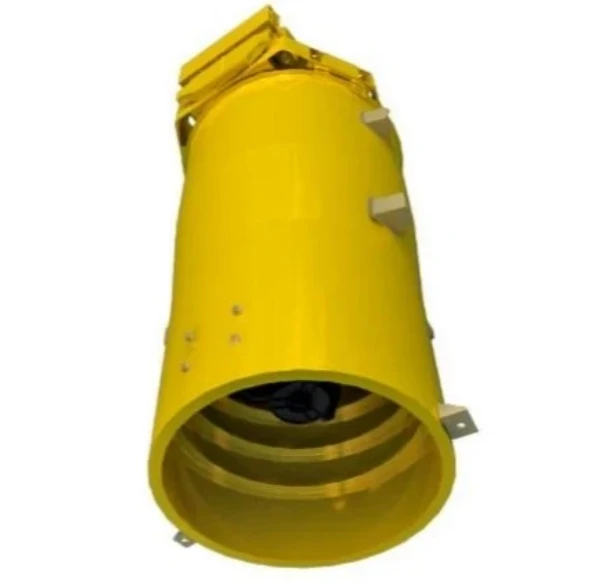
- Afrikaans
- Albanian
- Amharic
- Arabic
- Armenian
- Azerbaijani
- Basque
- Belarusian
- Bengali
- Bosnian
- Bulgarian
- Catalan
- Cebuano
- China
- Corsican
- Croatian
- Czech
- Danish
- Dutch
- English
- Esperanto
- Estonian
- Finnish
- French
- Frisian
- Galician
- Georgian
- German
- Greek
- Gujarati
- Haitian Creole
- hausa
- hawaiian
- Hebrew
- Hindi
- Miao
- Hungarian
- Icelandic
- igbo
- Indonesian
- irish
- Italian
- Japanese
- Javanese
- Kannada
- kazakh
- Khmer
- Rwandese
- Korean
- Kurdish
- Kyrgyz
- Lao
- Latin
- Latvian
- Lithuanian
- Luxembourgish
- Macedonian
- Malgashi
- Malay
- Malayalam
- Maltese
- Maori
- Marathi
- Mongolian
- Myanmar
- Nepali
- Norwegian
- Norwegian
- Occitan
- Pashto
- Persian
- Polish
- Portuguese
- Punjabi
- Romanian
- Russian
- Samoan
- Scottish Gaelic
- Serbian
- Sesotho
- Shona
- Sindhi
- Sinhala
- Slovak
- Slovenian
- Somali
- Spanish
- Sundanese
- Swahili
- Swedish
- Tagalog
- Tajik
- Tamil
- Tatar
- Telugu
- Thai
- Turkish
- Turkmen
- Ukrainian
- Urdu
- Uighur
- Uzbek
- Vietnamese
- Welsh
- Bantu
- Yiddish
- Yoruba
- Zulu
Exploring the Synergy of Satellite Images and Remote Sensing Data
In the modern era of technological advancement, the integration of satellite images and remote sensing data has revolutionized how we observe and analyze the Earth’s surface. These tools offer unprecedented insights across various disciplines, from environmental monitoring to urban development. The terms satellite remote sensing images, satellite data analysis in remote sensing, and satellite remote sensing encapsulate a field that continues to expand our understanding of the planet, enabling data - driven decisions with far - reaching impacts.
Unraveling Environmental Insights through Satellite Remote Sensing Images
Satellite remote sensing images serve as a cornerstone in environmental management, providing detailed views of ecosystems and natural resources. In forestry, these images help track deforestation by identifying changes in vegetation cover over time. For example, researchers use satellite remote sensing images to monitor the health of the Amazon rainforest, detecting areas affected by wildfires or illegal logging. In coastal zones, such images assist in mapping mangrove forests, assessing erosion, and identifying pollution hotspots. The ability to capture large - scale datasets through satellite remote sensing allows scientists to model climate change impacts, such as rising sea levels or melting glaciers, with greater accuracy.
Leveraging Satellite Data Analysis in Remote Sensing for Urban Planning
Urban planners increasingly rely on satellite data analysis in remote sensing to manage rapid urban growth. By analyzing satellite images, they can assess urban sprawl, monitor infrastructure development, and optimize land use. For instance, in megacities, satellite data helps identify areas with inadequate green spaces or excessive heat islands, guiding the planning of new parks or sustainable urban designs. Satellite remote sensing also plays a crucial role in disaster response, enabling quick assessment of damage from earthquakes, floods, or wildfires. Emergency management teams use these insights to allocate resources efficiently and coordinate relief efforts.
The Role of Satellite Images in Agricultural Remote Sensing Applications
In agriculture, satellite images remote sensing data used has transformed precision farming practices. Farmers and agronomists utilize these data to monitor crop health, soil moisture, and nutrient levels across vast fields. For example, multispectral satellite remote sensing images can detect early signs of drought stress or pest infestations, allowing for targeted interventions. By analyzing satellite data analysis in remote sensing, agricultural stakeholders can optimize irrigation systems, reduce chemical inputs, and predict crop yields, contributing to food security and sustainable farming.
Advancements in Satellite Remote Sensing for Climate Research
Climate scientists depend on satellite remote sensing to gather data on atmospheric conditions, ocean currents, and land surface temperatures. Satellite images remote sensing data used in this field help track greenhouse gas emissions, monitor polar ice caps, and study weather patterns. For instance, satellites equipped with special sensors measure carbon dioxide concentrations, aiding in the assessment of global climate agreements. The continuous stream of data from these missions provides a comprehensive view of Earth’s climate system, supporting models that predict future climate scenarios and inform policy decisions.
FAQ: Key Aspects of Satellite Images and Remote Sensing
How Are Satellite Remote Sensing Images Acquired and Processed?
Satellite images are captured using sensors on orbiting satellites, which detect electromagnetic radiation from the Earth’s surface. These sensors can operate in visible, infrared, or microwave wavelengths, depending on the application. Once acquired, the data undergo processing to correct for atmospheric effects, geometric distortions, and sensor noise. Advanced algorithms then transform the raw data into usable products, such as vegetation indices or land cover maps, facilitating analysis in satellite data analysis in remote sensing.
What Are the Primary Applications of Satellite Data Analysis in Remote Sensing?
The applications are vast and varied, including environmental monitoring (e.g., deforestation, ocean pollution), urban planning (e.g., infrastructure assessment, traffic management), agriculture (e.g., crop health, yield prediction), disaster response (e.g., damage assessment, emergency routing), and climate research (e.g., greenhouse gas tracking, ice sheet monitoring). Satellite remote sensing provides a non - invasive, cost - effective way to gather data over large areas, making it indispensable across these sectors.
How Does Satellite Remote Sensing Improve Disaster Management?
During natural disasters, satellite remote sensing images offer real - time or near - real - time data that help emergency agencies assess the extent of damage quickly. For example, after a hurricane, satellites can map flooded areas, identify blocked roads, or locate damaged infrastructure. This information supports rapid response planning, resource allocation, and post - disaster recovery efforts. Satellite data analysis in remote sensing also aids in predicting disaster risks by monitoring environmental factors like soil moisture (for landslides) or sea surface temperatures (for hurricanes).
What Are the Limitations of Satellite Remote Sensing Data?
While powerful, satellite data have limitations. Cloud cover can obscure visible and infrared sensors, affecting data acquisition in cloudy regions. Spatial resolution varies by satellite, with some missions providing high - resolution images (e.g., 0.5 meters) and others offering broader, lower - resolution views. Additionally, data processing requires specialized software and expertise, which may pose challenges for users without technical training. Despite these limitations, ongoing advancements in satellite technology, such as radar sensors that penetrate clouds, are addressing many of these issues.
How Can Researchers Access Satellite Remote Sensing Data?
A wealth of satellite data is available through public platforms, such as NASA’s Earth Observing System Data and Information System (EOSDIS), the European Space Agency’s Copernicus Open Access Hub, or the U.S. Geological Survey’s Landsat program. Many governments and international organizations also provide free or low - cost access to their satellite datasets. Commercial providers offer higher - resolution imagery for specialized needs, though these often come with a cost. Open - source software tools further enable users to analyze satellite data analysis in remote sensing without significant financial investment.











